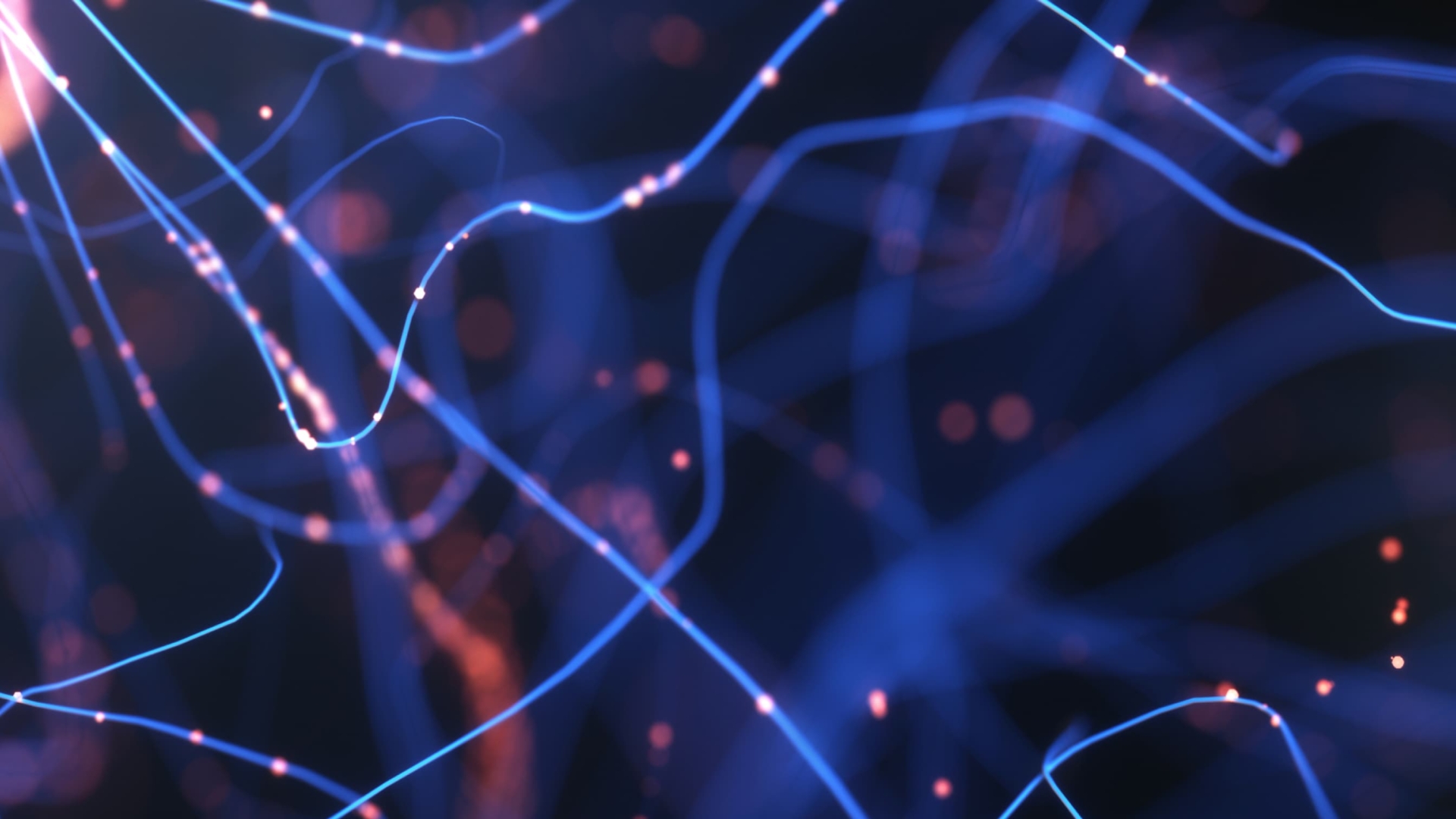This website uses cookies so that we can provide you with the best user experience possible. Cookie information is stored in your browser and performs functions such as recognising you when you return to our website and helping our team to understand which sections of the website you find most interesting and useful.

Output Catalog
ASAP is committed to accelerating the pace of discovery and informing a path to a cure for Parkinson’s disease through collaboration, research-enabling resources, and data sharing. We’ve created this catalog to showcase the research outputs and tools developed by ASAP-funded programs.
-
Output Type
-
Program
-
CRN Team Name
-
Theme
The human autophagy-initiating complexes ULK1C and PI3KC3-C1
ULK1C and PI3KC3-C1 are crucial for macroautophagy initiation. Recent research focuses on their structural organization, activation mechanisms, and roles in autophagy initiation's protein interaction network for potential therapeutic targeting.
Generation of knock-in Cre and FlpO mouse lines for precise targeting of striatal projection neurons and dopaminergic neurons
To enable precise genetic targeting of key neuronal populations in the basal ganglia, we generated and characterized five knock-in mouse lines: Drd1-Cre, Adora2a-Cre, Drd1-FlpO, Adora2a-FlpO, and DAT-FlpO.
Electrophysiological validation of striatal neurons and dopamine neurons in D1-Cre, A2a-Cre, D1-FlpO, A2a-FlpO, DAT-FlpO transgenic mice
Electrophysiology dataset from whole-cell recordings from murine striatal spiny projection and midbrain dopaminergic neurons from acute slices prepared from knock-in transgenic mouse lines: D1-Cre- A2a-Cre- D1-FlpO- A2a-FlpO- DAT-FlpO.
Videos from Alcacer et al., Cell Reports 2025
Video files from manuscript Abnormal hyperactivity of striatal ensembles encodes distinct dyskinetic behaviors revealed by high-resolution clustering, Alcacer et al., Cell Reports 2025.
Dataset for Alcacer et al., Cell Reports 2025
Data set from manuscript Abnormal hyperactivity of striatal ensembles encodes distinct dyskinetic behaviors revealed by high-resolution clustering, Alcacer et al., Cell Reports 2025.
Pipeline for Image Processing and Quantification of Striatal Dopamine Innervation using Fiji (IF/IHC)
This protocol outlines the image preprocessing steps required prior to analysis with ImageJ tools as well as the ImageJ pipeline to quantify striatal innervation.
Generation of isogenic iPSC lines through CRISPR/Cas9-Mediated Targeting
Protocol for creating genetically modified human pluripotent stem cell lines using CRISPR/Cas9: Guide RNAs inserted into pX330 Cas9 plasmid, delivered with targeting vectors into hPSCs.
PET-CT related to “Loss of the lysosomal lipid flippase ATP10B leads to progressive dopaminergic neurodegeneration and parkinsonian motor deficits”
PET-CT related to "Loss of the lysosomal lipid flippase ATP10B leads to progressive dopaminergic neurodegeneration and parkinsonian motor deficits"
Calcium and Behavior Video Alignment Scripts for Open-Field Dyskinesia Analysis (Alcacer et al., Cell Reports 2025)
Matlab scripts for alignment of calcium imaging videos and videos from mice in an open field arena recorded from a bottom camera from Alcacer et al. 2025.
How Membrane Contact Sites Shape the Phagophore
Phagophores form membrane contact sites with organelles like the vacuole, ER, and lipid droplets. In situ imaging techniques, such as cryo-CLEM, provide valuable insights into these interactions, aiding in understanding autophagosome biogenesis.
FISH CODETECTION
DIG and Fluorescein labeled riboprobes Fluorescent in situ hybridization Frozen brain sections
Solutions used for FISH Codetection
Protocol to make the solutions used in the protocol published by AWM lab for FISH Codetection
MANUAL CELL COUNTING
MANUAL CELL COUNTING
pCAG-FIP200 (1-640)-V314D-TSF
Mammalian expression of FIP200 NTD mutant
CAG-FIP200 (1-640)-R326D-TSF
Mammalian expression of FIP200 NTD mutant

